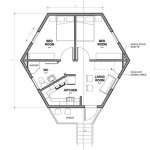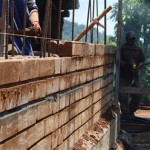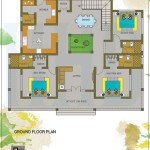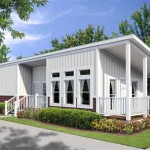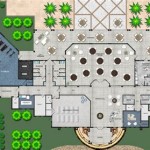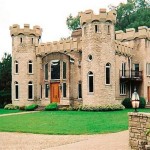Essential Aspects of Laneway House Floor Plans
Laneway houses, also known as granny flats or carriage houses, are gaining popularity as a versatile and cost-effective housing option. These compact dwellings, typically built in the backyard or laneway behind a main house, offer additional living space for extended family, guests, or renters. When designing a laneway house, it is essential to consider various aspects to create a functional and comfortable living environment.
1. Size and Zoning Requirements
The size of a laneway house is determined by local zoning regulations and building codes. These regulations may limit the maximum square footage, height, and setbacks from property lines. It's important to consult with the local building department to ensure compliance with regulations and avoid costly delays.
2. Location and Orientation
The location of the laneway house should optimize sunlight, privacy, and access. Consider the position of the house in relation to the main house, windows, and outdoor spaces. Orient the house to take advantage of natural light and create a sense of connection to the outdoors.
3. Floor Plan Layout
The floor plan layout should flow seamlessly and accommodate the necessary living spaces. Typically, laneway houses include a kitchen, bathroom, living area, and bedroom. Consider open-concept designs to maximize space and create a more spacious feel. Incorporate multi-purpose spaces, such as a combined living and dining area, to enhance functionality.
4. Kitchen Design
The kitchen is often the heart of the laneway house. Despite its compact size, it should be well-equipped and efficient. Utilize space-saving solutions, such as pull-out pantries, hidden appliances, and vertical storage. Consider an open-plan kitchen that integrates with the living area to foster a sense of community.
5. Bathroom Features
The bathroom should be designed to be practical and comfortable. Include essential fixtures such as a shower or bathtub, toilet, and vanity. Make the most of natural light with a window or skylight. Incorporate storage solutions to keep the space organized and clutter-free.
6. Bedroom Design
The bedroom should provide a restful and private retreat. Ensure adequate space for a bed, dresser, and storage. Consider built-in features, such as a headboard with integrated storage, to maximize space utilization. Incorporate windows for natural light and ventilation.
7. Outdoor Spaces
Outdoor spaces, even small ones, can greatly enhance the livability of a laneway house. Include a private patio or deck for outdoor relaxation and entertainment. Create a connection between the interior and exterior spaces with large windows or sliding doors.
8. Sustainability and Energy Efficiency
Incorporate sustainable and energy-efficient features to reduce operating costs and minimize environmental impact. Utilize energy-efficient appliances, insulation, and windows. Consider renewable energy sources, such as solar panels, to lower energy consumption.
By carefully considering these essential aspects, you can design a laneway house that meets your needs and provides a comfortable and enjoyable living environment. It's recommended to consult with an experienced architect or designer to ensure compliance with regulations and maximize functionality.

2 Bedroom Laneway House Plans Adaptive

The 1 Best Laneway House Vancouver Bc Builder Homes Of Silvercrest

Gallery The Cypress Laneway House Smallworks Small Images Tiny Plans Floor

The 1 Best Laneway House Vancouver Bc Builder Homes Of Silvercrest

Warm And Inviting Small Laneway House With Modern Custom Interiors Idesignarch Interior Design Architecture Decorating E Floor Plans Hobbit

Leslieville Laneway House Lanescape

Model 1a Holz100 Inc

The 1 Best Laneway House Vancouver Bc Builder Homes Of Silvercrest

Laneway Homes Kerr Design Build Award Winning Custom Home Builder Renovation Contractor

Here S A K At The Newest Over Garage Laneway Suites For Regina Cbc News

